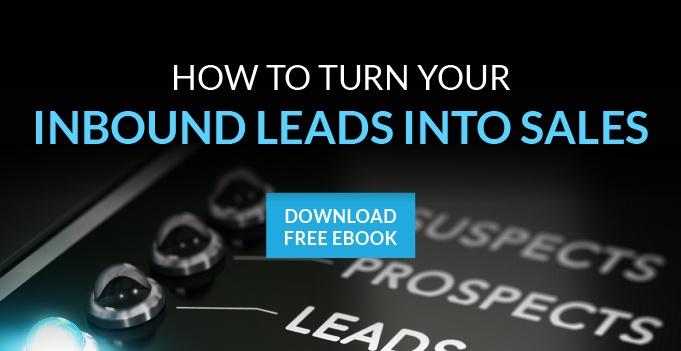 I’ve been working for Rhino for more than a year now, and it was only recently that I finally figured out how to tell people about my job. It’s just kind of hard to explain. I write these fascinating, compelling blog articles here (well, I think they’re fascinating), but I also write for some other clients. Additionally, I participate in our other marketing efforts, although that’s more of a case-by-case basis. So what exactly do I do?
I’ve been working for Rhino for more than a year now, and it was only recently that I finally figured out how to tell people about my job. It’s just kind of hard to explain. I write these fascinating, compelling blog articles here (well, I think they’re fascinating), but I also write for some other clients. Additionally, I participate in our other marketing efforts, although that’s more of a case-by-case basis. So what exactly do I do?
If you had to put a title on it, I suppose I’m a marketer. But that’s another term that can have all kinds of meanings. There are content marketers, email marketers, telemarketers… Calling yourself a marketer in 2015 is basically like calling yourself an “artist” – who the heck even knows what it means.
That’s part of the reason that inbound marketing can be so hard to define – it’s not the same thing to everyone. But I don’t want you to be confused about this great marketing strategy, which is why I’m going to help you understand the whole concept a little better.
First issue: Is it inbound marketing or content marketing?
This is a question we’ve actually addressed on this blog before, and the answer is: content marketing is just one of the pieces of the whole inbound methodology.
If there is one specific difference, it has to do with definitions. By definition, inbound marketing focuses on attracting the customer to you; content marketing does the same thing, but explicitly uses content as the attraction.
Chances are, if you hear either term, it will be referring to the same concept: using blogs and other content to attract visitors to your website, with the hopes of converting them into leads.
Other points of confusion with inbound
Aside from the content vs. inbound debate, there are other issues that make inbound marketing seem confusing. For instance, the inbound strategy doesn’t always specifically include social media, but I can’t imagine an inbound campaign without it. Heck, I can’t imagine marketing any business today without incorporating social media.
Social media is a critical component of this strategy because it gives us access to loads of free publicity. You should always post links to every new piece of content on social media, and don’t be afraid to repeat posts from time to time. It’s highly unlikely your followers will see the post more than once.
Another inbound issue: the role of sales. You need a sales department to work alongside the marketing department, and hopefully it’s full of smart salespeople that know how to close deals. However, when should you bring sales onboard during the inbound process? And how active is sales when it comes to marketing?
Here at Rhino, we believe that sales should always be closely involved with the marketing process. And if you want to be an effective inbound company, you should give your salespeople access to some content. That way, they can use the content to entice leads when they email them or call to speak to them via phone. Purchasing marketing automation software is also very beneficial, as it allows you to keep track of leads and gives your sales staff the flexibility to speak to any lead at any time.


Comments